
Strike China and Save the World: Part 1 – The Timing
 Thu, 28 Oct 2021
| Reading Time: 6 minutes
Thu, 28 Oct 2021
| Reading Time: 6 minutes

Employing force to contain aggression is a well-known strategy. The timely dominance of an aggressor can save a nation from a very painful future. India has seen this first hand in the last 1000 years or so. In the recent past too, with the collapse of the Soviet Union, people thought that the concept of war had lost its relevance. However, this fallacy has been failing human beings time and again. The end of World War I & II also gave similar hopes. This notion stems from the fact that the human being is a peaceful creature. However, this fact may not stand the test of time when it comes to communism. The very existence of communism is based on violence. And before we forget, let me remind you, China is a communist country.
Thucydides Trap: It’s Between India and China Silly
Political scientist Graham Allison of John F Kennedy School of Government coined the term ‘Thucydides Trap’ in his book Destined for War. He intends to say that a rising power (China) would always confront a ruling power (the United States) and the result would be bloodshed and war. His theory was based on the Peloponnesian War fought between Athens and Sparta. This is where I differ from Graham Allison. The next competition is not between the USA and China, but between India and China.
Both Asian giants are neighbours and have huge armed forces. China’s economic growth has plummeted and population growth has stagnated. Looks like China will grow old before it will become rich. That makes China a declining power. On the other hand, India has shown all the signs of a rising power. Despite COVID-19, its economic recovery has been good and the growth rate is one of the fastest in the world. India also has strong and disciplined armed forces that make China nervous. Therefore, it is China that is threatened by rising India. Eventually, Chinese nervousness would lead to war and bloodshed. It is very clear that how much so ever we delay the war, but we can’t avoid it.
How to Deal With a Tyrant
The war with China is a certainty. Since the initiative has been taken by China, India should not disappoint them, else they would keep coming back like a chronic disease (pun intended).
To deal with China we will consider these three principles of German-Austrian politician and statesman, Prince Klemens Wenzel von Metternich:
- Compromise is the easy refuge of irresolute or unprincipled men. A nation’s survival is not a matter of compromise.
- Weaker states can ill-afford merely to react to events; they must also try to initiate them.
- We must rely for the execution of our plans on ourselves alone and on such means as we possess.
Keeping the above principles in mind, the war should be fought by India and India alone, without compromising, and with a doxastic commitment on two fronts:
- Non-Military
- Military
India Should Take the War to China’s Doorstep
Keeping Metternich’s principles in the mind, Indian military and civilian leadership have a lot on their plate. Until now it is China that has been bringing the war to India’s doorstep, but if India has to survive then the time has come to take the war to China’s doorstep. It would certainly need a lot of preparation and planning if it has not already begun. Non-military fronts are part of forever war, however, opening up a military front has to be timed well. The first step in that direction would be to decide the right time to attack.
The Right Time for Offensive
Timing is of essence in a war that many politicians don’t understand and military leaders should never forget.
Human beings have progressed leaps and bounds, however, they are still helpless when it comes to nature’s fury. Climate change has increased the frequency of freak and unpredictable weather. Increasingly harsh effects of the climate crisis are urging governments to commit military and paramilitary forces to firefighting, flood prevention, disaster relief, and population resettlement. China is not different. It is a large country with multiple climate vulnerabilities. It will require more assistance than most other countries. This presents a unique opportunity for India. It would be a reversal of the roles. China unleashed COVID-19 on the world and took advantage of its vulnerability. Taking advantage of the natural calamity to checkmate China would be tantamount to paying them back in the same coin.
The recent flooding of Zhengzhou, the capital of Henan is an apt example. Within three days the city was deluged. Flooding was so fierce and unprecedented that the city’s infrastructure collapsed. Over a hundred people were officially declared dead. Widespread damage to bridges, roads, tunnels, and farmland occurred.
In response, the Chinese President Xi Jinping urged senior PLA officers, “The Chinese People’s Liberation Army and People’s Armed Police Force troops should actively coordinate local rescue and relief work”. The PLA responded swiftly. Immediately over three thousand officers, soldiers, and militiamen from the PLA’s Central Theater Command were deployed in and around Zhengzhou to aid in disaster relief.
Eventually, over forty-six thousand soldiers from the PLA and the People’s Armed Police along with sixty-one thousand militia members were deployed in Henan. It is important to note that several hundred personnel from the PLA Rocket Forces, the military branch responsible for China’s nuclear-armed intercontinental ballistic missiles were also deployed.
Lessons Learned
Most modern Chinese cities have flawed designs. China has ninety-one cities with more than a million population. These are vast concrete jungles of highways, factories, malls, office complexes, and high-rise buildings. The whole countryside is covered in asphalt and concrete. There is hardly any soil left for the resulting runoff to drain into. The result is that tunnels, subways, or low-built highways often get flooded.
China’s many megacities and industrial centers, namely, Guangzhou, Shanghai, Shenzhen, and Tianjin, are located in low-lying coastal areas that are most susceptible to flooding, and sea-level rise.
During the Henan flooding, the six decades-old Chang Zhuang Reservoir near Zhengzhou was filled to dangerous levels and nearly collapsed. Had that happened then that would have caused a serious crisis. In fact, other dams in the surrounding area did collapse. PLA forces were rushed to build sandbag walls and repair dam breaches on the Jialu River, where recently a Chinese J-10 fighter had crashed.
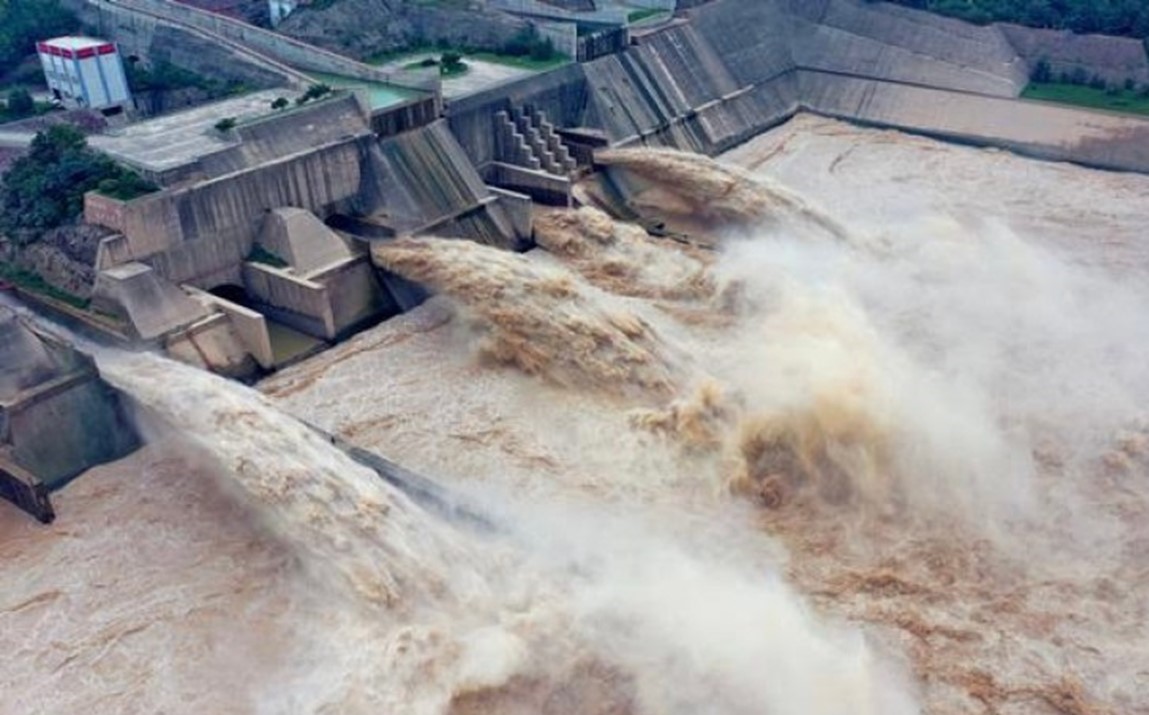
Yihetan dam breach – Courtesy: DW
Flooding isn’t the only threat China faces. China’s west and northwest are covered by deserts. Deforestation and declining rainfall have resulted in further desertification. In the coming decades, heavily populated North China Plains would be the deadliest place on earth, engulfed in ravaging heatwaves and resultant loss of farmland.
China has 22 percent of the world population with just 7 percent of the arable land. 27 percent of China is covered in desert. The desert has crept up to within 44 miles from Beijing. The Gobi Desert is crawling south at a pace of 2 miles per year. All of China could be a big desert in times to come. If indications are to be believed then China is heading for severe food shortage and eventually a major famine.
The single most important priority of the Communist Party is to remain in power. Until now that has been possible by maintaining sufficient economic growth. The Chinese populace is loyal to the party till the time this growth is maintained. Anything that threatens growth is viewed as a vital threat to the survival of the CCP. Climate change is one such threat.
Declining opportunities, food shortages, and the draconian rule would eventually lead to civil unrest, economic dislocation, mass uncontrolled movements of populations, and regional struggle. China may look like a homogeneous society on the surface, but it is as divided as any other nation. If water, food, and other vital resources are diverted from one area of the country to another, social unrest is bound to occur.
PLA officials are aware of the climate-change threats to China’s security. They are also aware that PLA would be forced to play a leading role in dealing with any future disaster. More disasters simply mean a lesser number of forces are available in a combat role. Strangely, the Chinese state machinery and the PLA are trying to avoid the topic in all its discussions, publications, and white papers.
Indian Perspective
Is India learning any lessons from what we have just discussed? India is equally vulnerable. It has a fair share of floods and extreme climates. If city planners and rural machinery are not already thinking on these lines then they have to double down the road of changes, else in no time, it will be too late.
India can not assume that China doesn’t think on these lines. India is the only major adversary sharing a land border with China. They have demonstrated their intent clearly during the COVID-19 crisis. A crisis natural or man-made, China will utilize these vulnerabilities to its advantage. India needs to be ready for every move by China.
Time is of the Essence
Every extension of hegemony is also an extension of terror – Jean Baudrillard
In the coming years, the People’s Liberation Army (PLA) will be defending the nation against even more disastrous floods, famines, droughts, wildfires, sandstorms, and encroaching oceans. They may avoid the topic as much as they like but the fact is that more Chinese soldiers will be spending much more time filling sandbags to defend their country’s coastline from rising seas, strengthening dams, and fighting internal unrest in the coming decades rather than manning weapon platforms to fight Quad forces.
India and other like-minded forces have to utilize this Chinese vulnerability with utmost transparency and planning. Floods, famine, social unrest, and any other natural calamity is the right time to strike China.
Chinese President Xi Jinping has already shown his intent. Time has come for the rest of the world to show their resolve. Xi’s insatiable appetite for expansion and hegemony will not stop just at Taiwan. His aim is Han Supremacy. He will make his country pay any price to achieve his personal goals.
***************
Disclaimer
The opinions expressed in this article are the author’s own and do not reflect the views of Chanakya Forum. All information provided in this article including timeliness, completeness, accuracy, suitability or validity of information referenced therein, is the sole responsibility of the author. www.chanakyaforum.com does not assume any responsibility for the same.
Chanakya Forum is now on . Click here to join our channel (@ChanakyaForum) and stay updated with the latest headlines and articles.
Important
We work round the clock to bring you the finest articles and updates from around the world. There is a team that works tirelessly to ensure that you have a seamless reading experience. But all this costs money. Please support us so that we keep doing what we do best. Happy Reading
Support Us





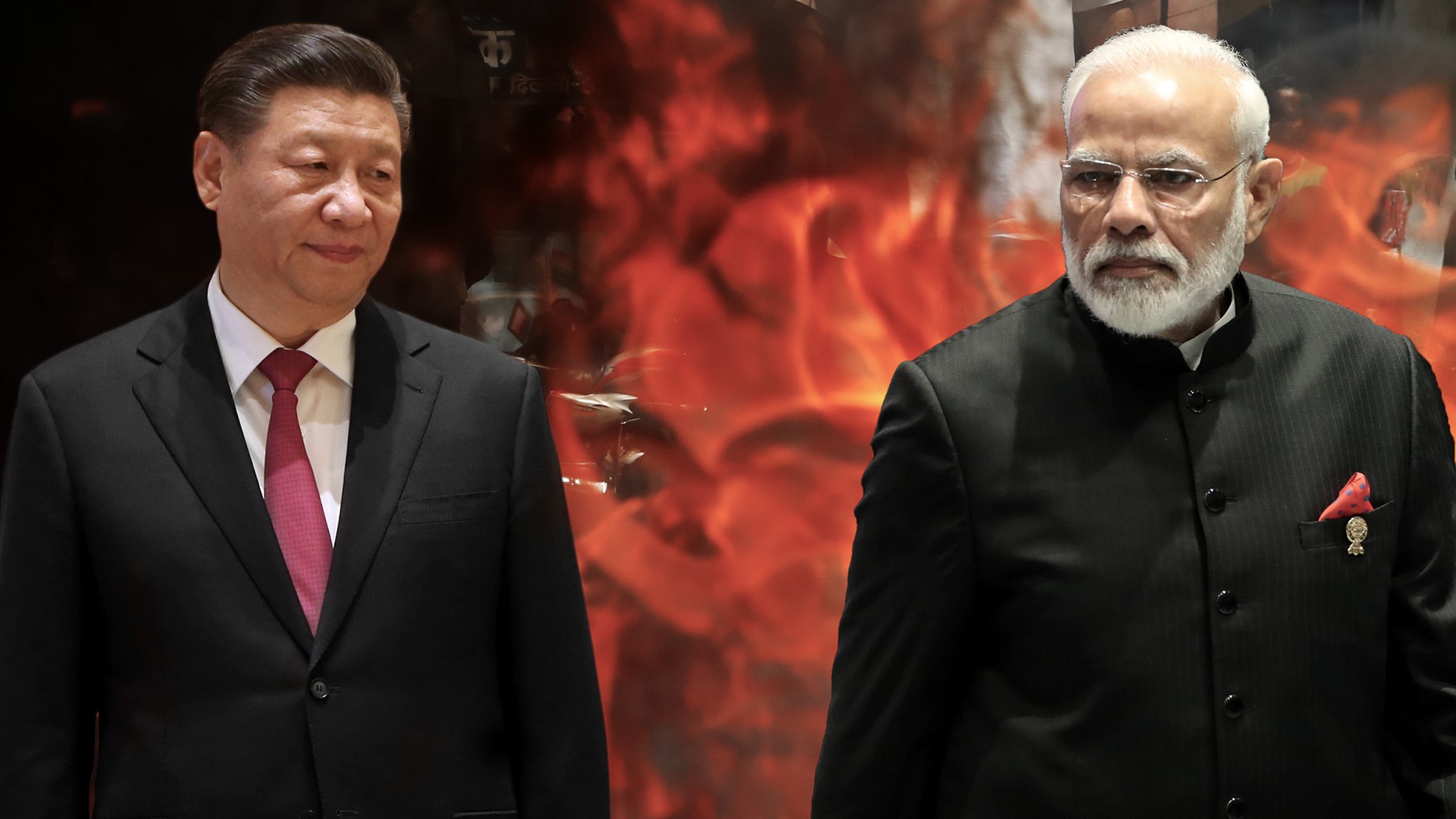
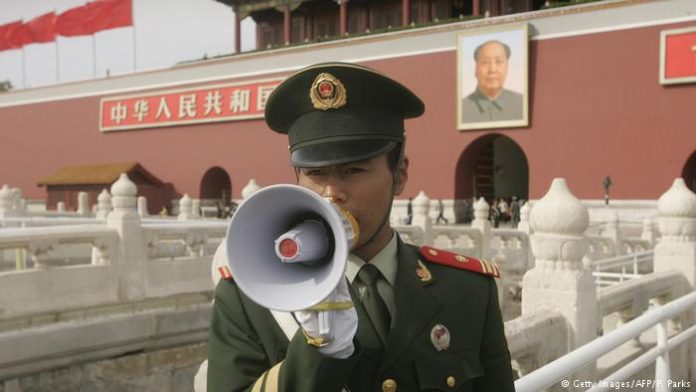
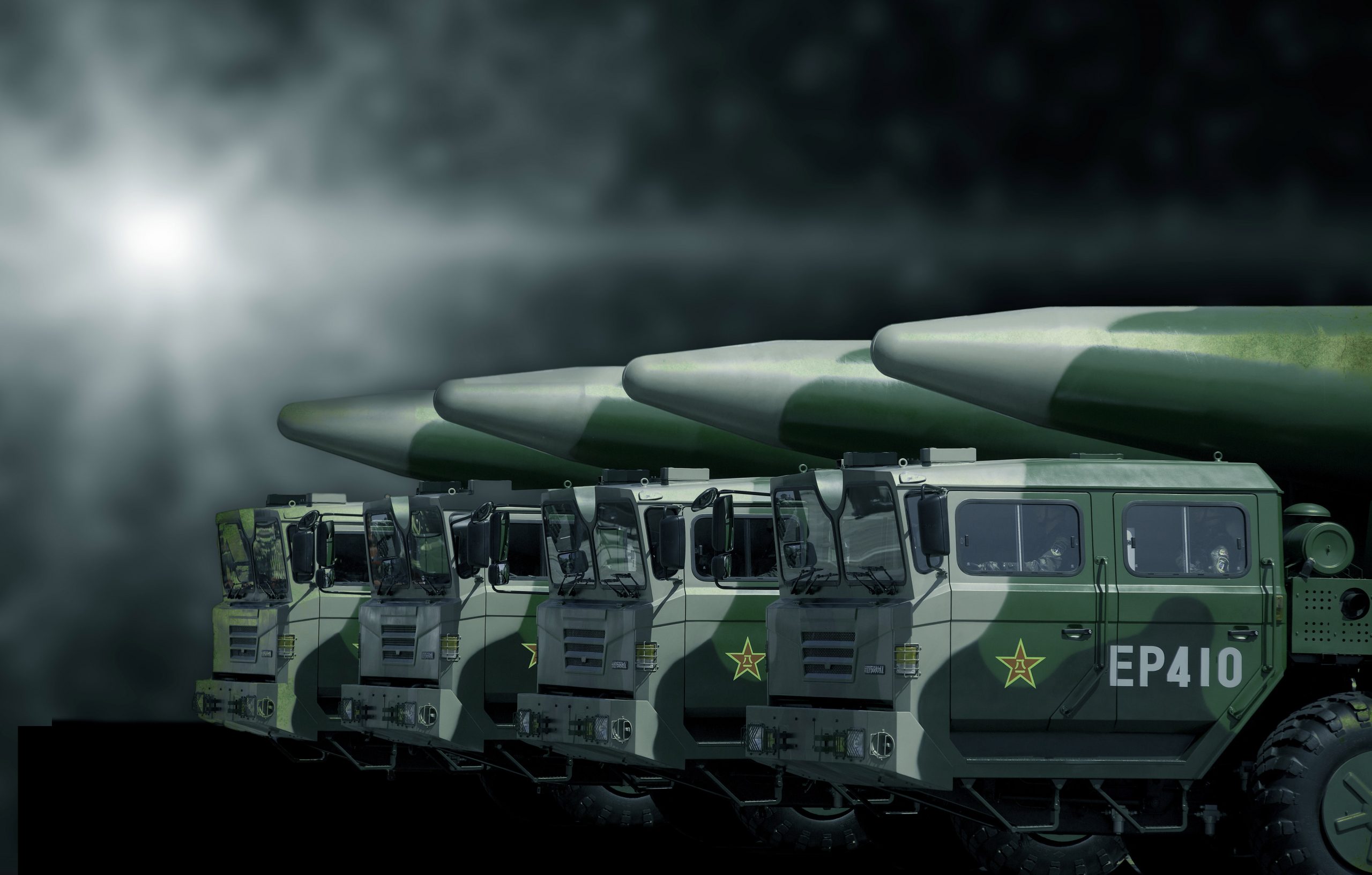

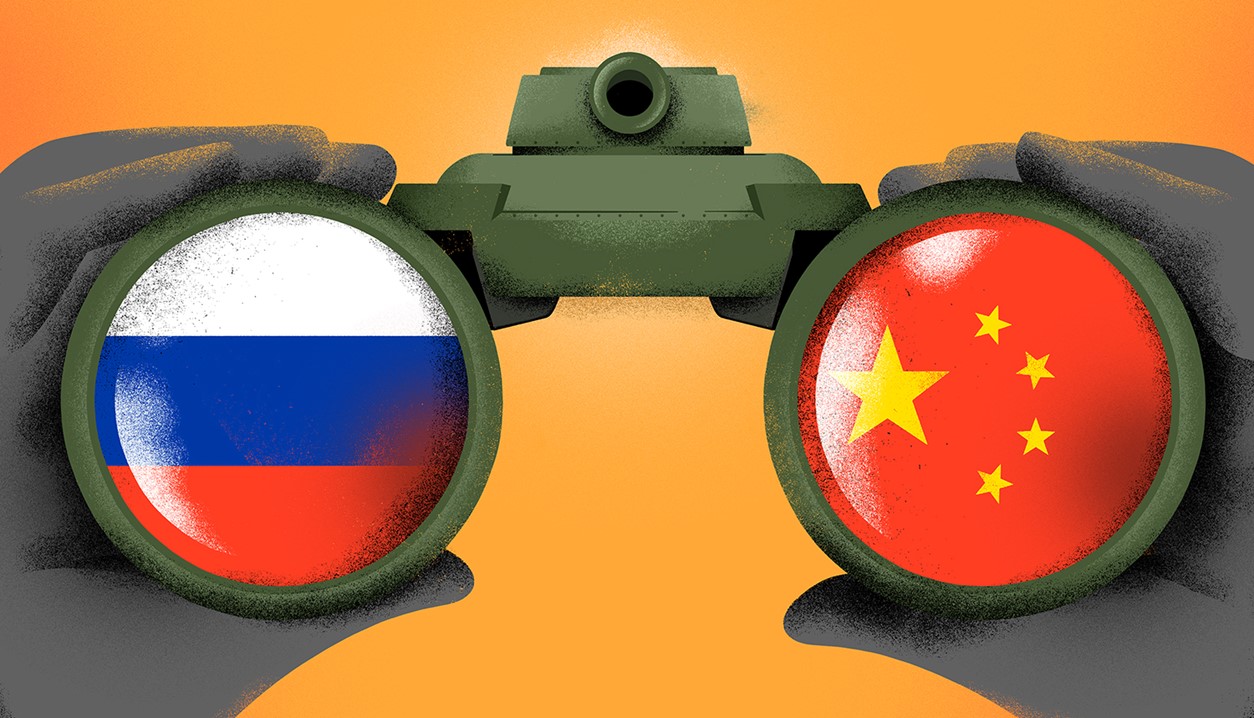

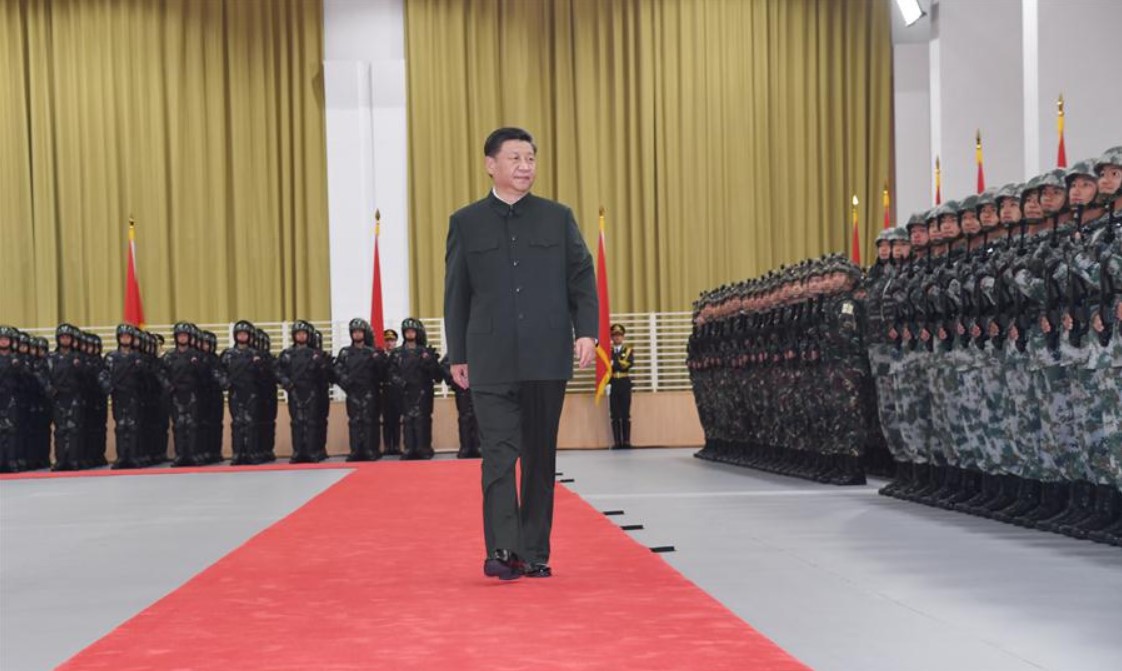
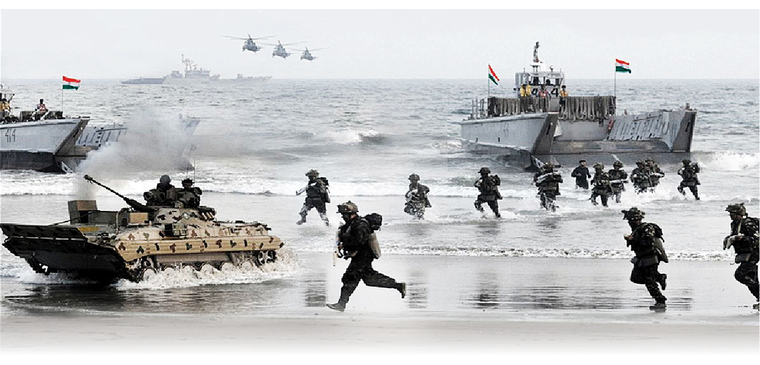

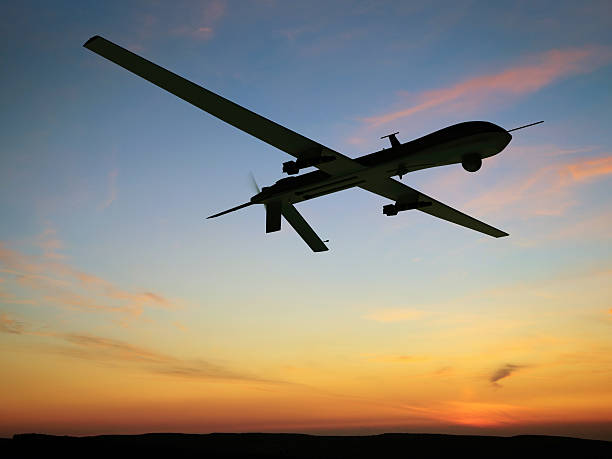






POST COMMENTS (34)
Mishika Raj
Nikhil
Gary H.
Harish Nayani
Shaunak
Shaunak
Prashant
Cdr I Aravanan (Retd)
Harbir Chahal
Cdr K Sreenivas
Sukhjit
Rammohan
D'Nanda Dunham
Cdr Deepak Singh (Retd)
Madhu
Niraj Garg
Martina Ramsauer
Bryan
Rajiv Gaur
Shaurya Shandilya
ST
ST
Rajesh Dhawan
Joseph Mathew
Thiagarajan Narayanan
Dhirender Gaur
SANJAY BODKHA
Narinder Pal Singh Hora
Ajay Sharma
Raghavan
Raman Gupta
Ajay Sreedhar
Rakesh P
Wendell Bruges